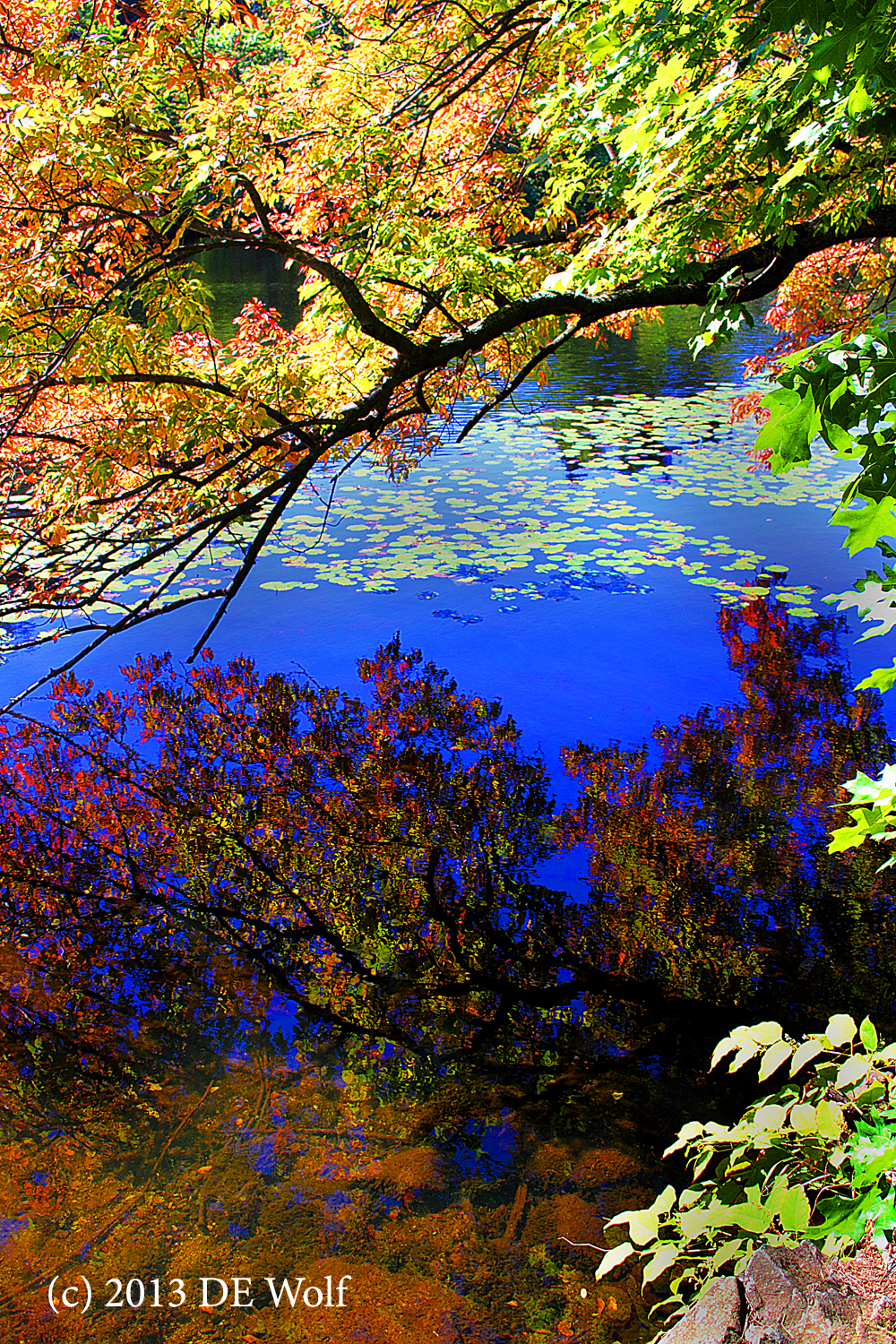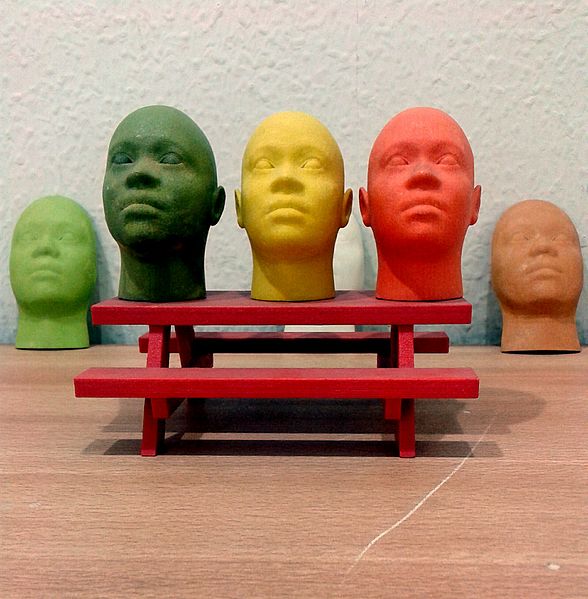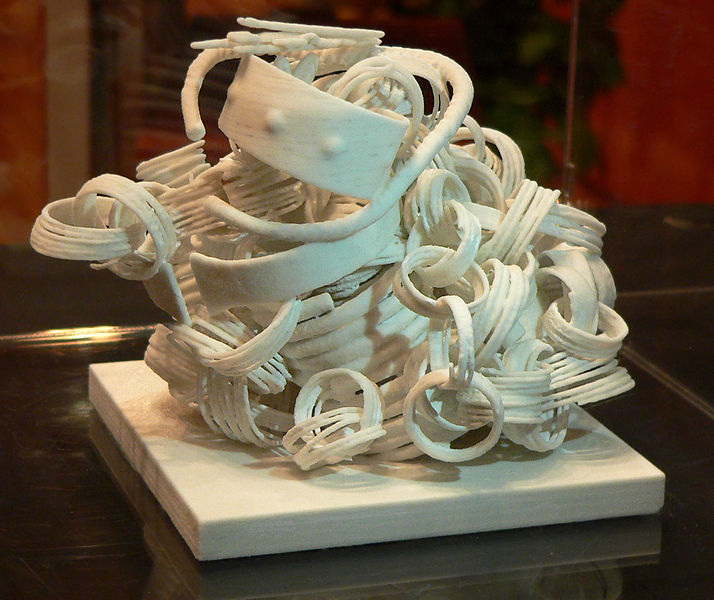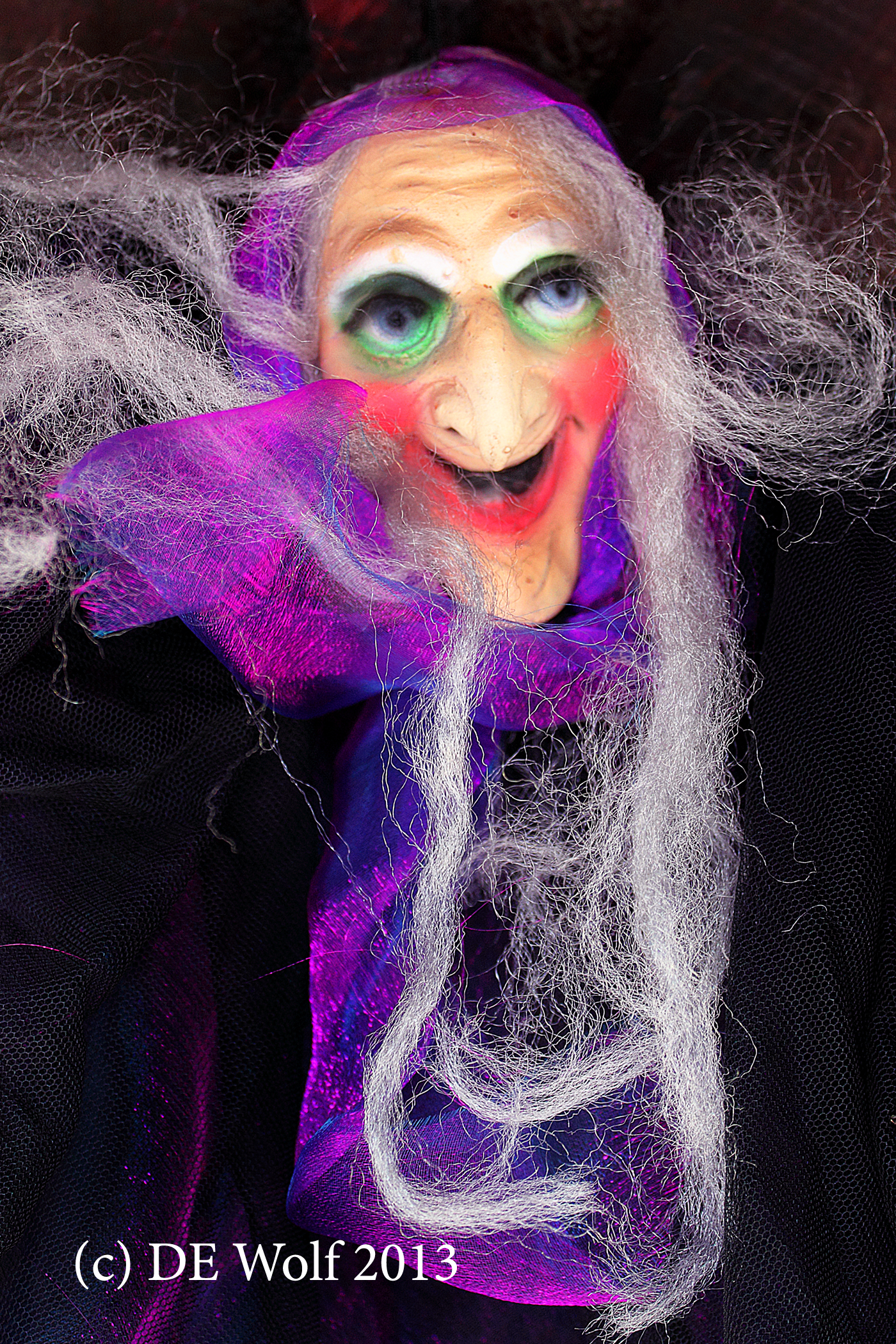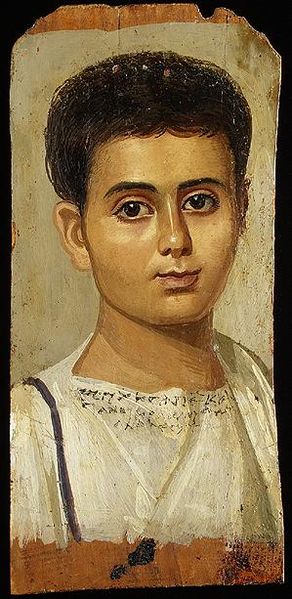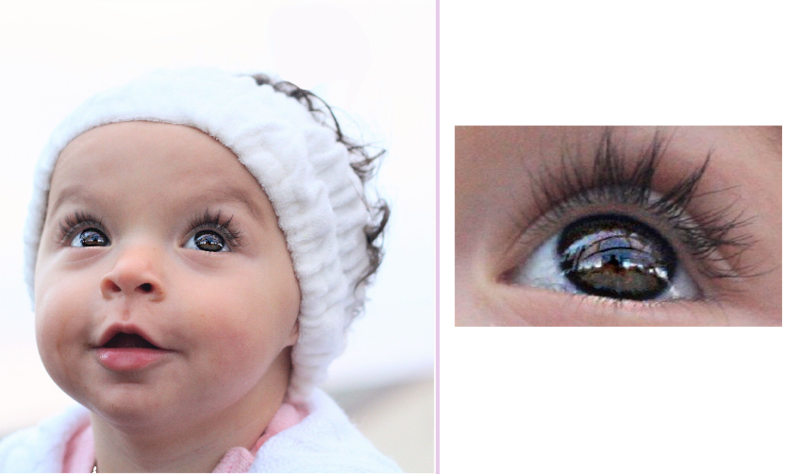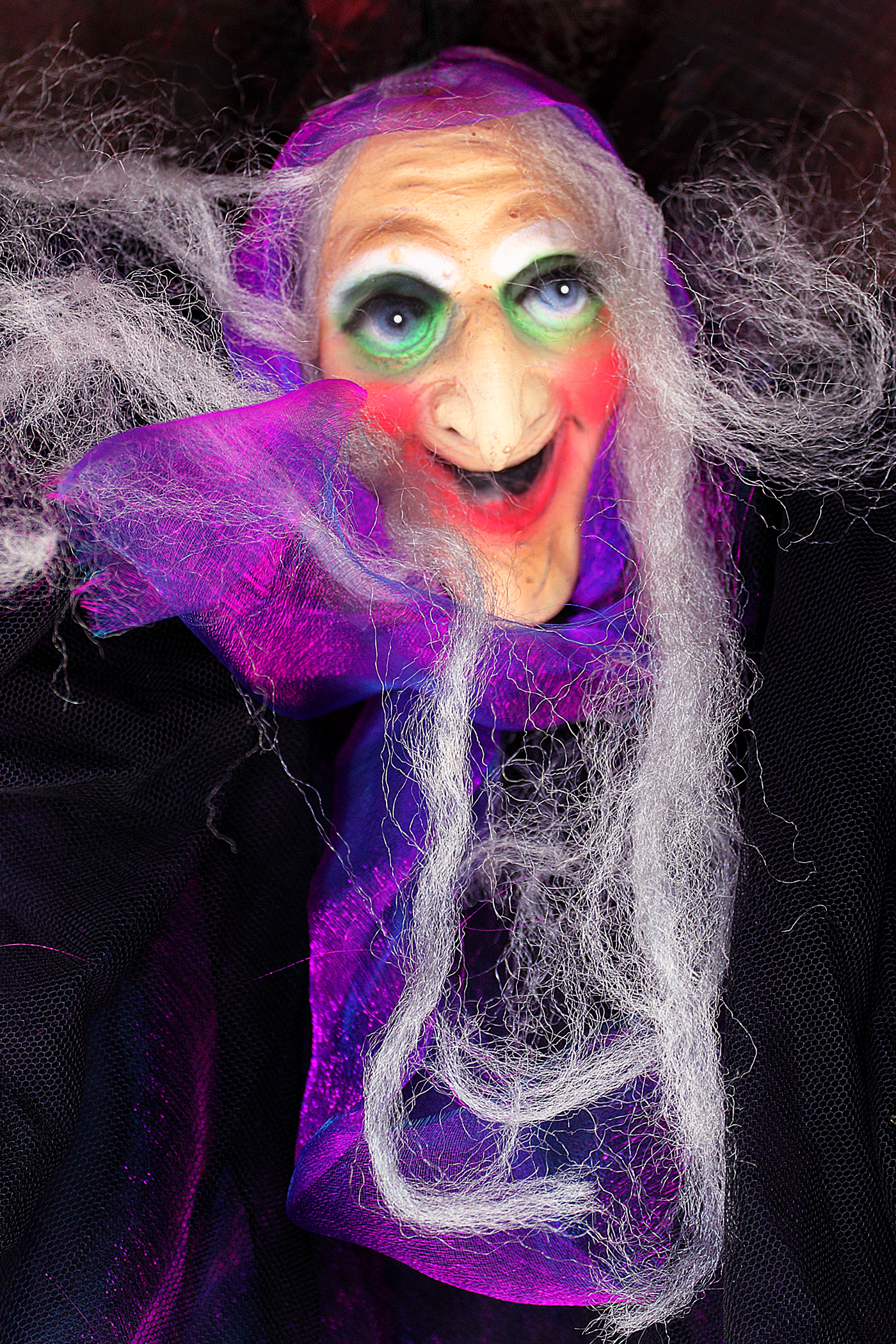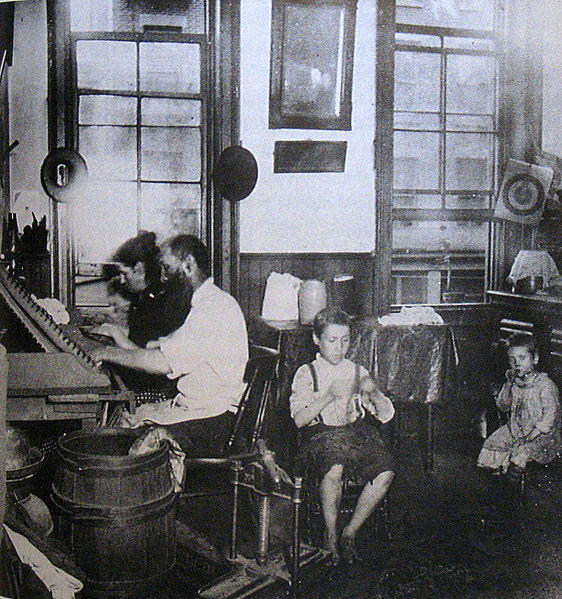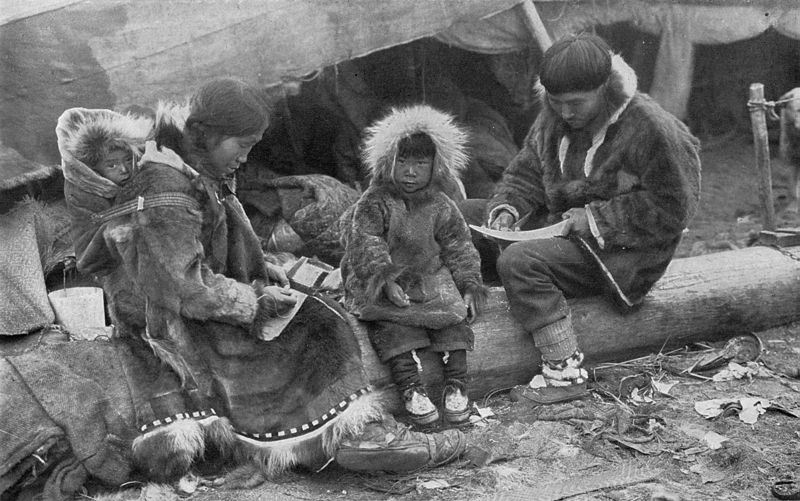
Figure 1 – A 1917 Photograph by George R. King from the National Geographic Magazine of an Inuit family. From the Wikimedia Commons and in the public domain.
National Geographic Magazine is celebrating its 125th anniversary. That means that for at least three generations the great geographic discoveries were photographically documented and brought to the world through the National Geographic Magazine. It is truly the case that this was not just any magazine. It visually defined our world for over a century and many of the iconic images and the visual memes that we have spoken about were born and preserved by the National Geographic, first in black and white then, subsequently, in color.
National Geographic continues this tradition today by sponsoring and publishing the photographic results of its expeditions. In addition to its print version, National Geographic has come to be associated with stunning televisions specials that “take you there. And sometimes the “there” deep in truly breath taking: untouched caverns and unexplored jungles. We have a real sense that we went with the early astronauts to space and the moon and with Ballard to the Titanic. There is a stunning retrospective selection of National Geographic photographs and even more images to be found on the National Geographic Website. As for personal favorites: who can forget Steve McCurry’s photograph of camels foraging desperately amidst the oil fires of Kuwait a blaze after the First Gulf War or Michael Nichols image of Jou Jou, a captive chimpanzee reaching out to touch Jane Goodall’s golden hair.

